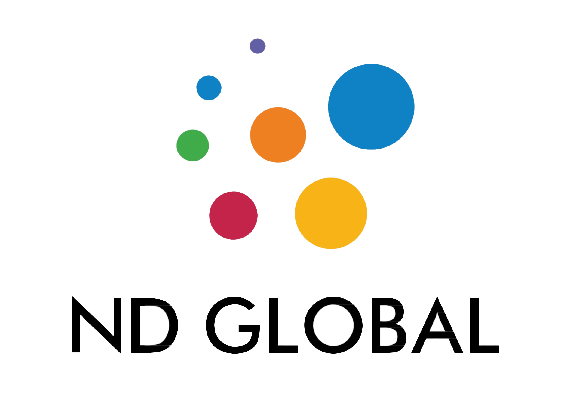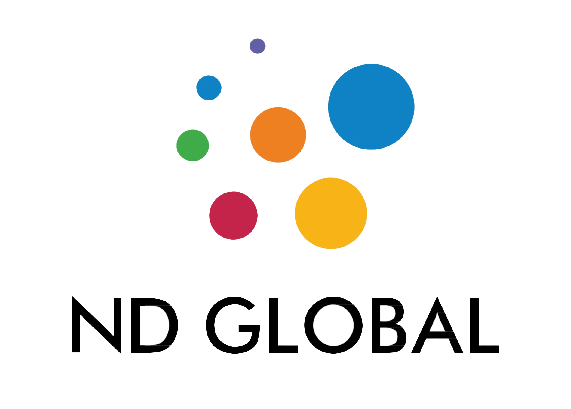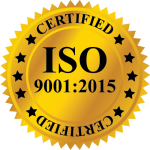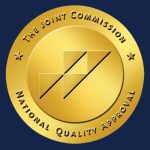The healthcare industry continues to undergo significant transformations in 2025, driven by technological advancements, shifting workforce expectations, and the ongoing challenges of workforce shortages. Healthcare staffing, in particular, has emerged as a critical area requiring innovative solutions to ensure the seamless delivery of patient care. As we progress further into the decade, the following key trends are shaping the healthcare staffing landscape.
1. Flexible Work Models and Telehealth Integration
The demand for flexible work arrangements has never been higher, and 2025 sees healthcare organizations fully embracing this shift. Flexible schedules and hybrid roles, including telehealth, have become essential to meeting both employee expectations and patient needs.
Telehealth has not only enabled remote consultations but also opened doors to tele-nursing, virtual healthcare administration, and remote mental health services. Healthcare professionals now enjoy greater work-life balance, which has been shown to improve job satisfaction and retention rates. This trend also helps healthcare systems tap into a broader talent pool, including clinicians in rural areas who can contribute remotely.
Employers are leveraging this flexibility to attract and retain top talent in an era where workforce shortages persist. The integration of telehealth into staffing strategies has also allowed facilities to address surges in patient demand, especially during seasonal health crises.
2. Persistent Workforce Shortages
Despite advancements in recruitment strategies, workforce shortages remain a pressing issue in 2025. Critical roles such as registered nurses, physicians, and allied health professionals continue to face significant shortfalls. According to industry reports, these shortages are expected to persist well into the next decade due to an aging population, increased chronic disease prevalence, and insufficient training capacity for new healthcare workers.
Healthcare organizations are taking proactive steps to mitigate this challenge by focusing on upskilling their existing workforce, implementing mentoring programs, and offering competitive compensation packages. Additionally, the role of international recruitment has expanded, with many organizations actively seeking talent from global markets to fill critical gaps.
However, the staffing crisis is not just a numbers issue—it’s also about ensuring that healthcare professionals are adequately supported to avoid burnout. Employers are increasingly focusing on wellness programs and mental health resources to retain their current workforce.
3. AI and Data-Driven Workforce Management
Artificial intelligence (AI) has become an integral part of workforce management in 2025, revolutionizing the way healthcare facilities operate. AI-driven tools are being used to predict staffing needs based on patient volume trends, optimize shift schedules, and streamline the recruitment process.
For example, predictive analytics can now forecast when and where staffing shortages are likely to occur, enabling administrators to proactively address gaps. Recruitment platforms powered by AI are helping match candidates with roles based on skills, experience, and location preferences, significantly reducing the time-to-hire.
Moreover, AI tools are being used to monitor employee workloads and flag potential signs of burnout, allowing managers to intervene early. This data-driven approach not only improves operational efficiency but also enhances employee satisfaction by ensuring fair and balanced workloads.
4. Same-Day Pay to Attract Talent
In 2025, offering same-day pay has become a game-changing recruitment and retention strategy in healthcare staffing. Many clinicians now prioritize financial flexibility when choosing their employers, and agencies that offer immediate or expedited payment options have a competitive edge.
This trend has particularly gained traction among travel nurses, per-diem staff, and gig workers in the healthcare sector. By eliminating traditional payroll delays, same-day pay solutions have not only enhanced job satisfaction but also attracted a younger, tech-savvy workforce accustomed to on-demand services.
Employers are increasingly partnering with payroll technology providers to offer this benefit while ensuring compliance with labor laws. The positive response to same-day pay has led many organizations to expand its availability across various roles and contract types.
5. Technology Integration in Recruitment
Digital transformation has reshaped recruitment processes across industries, and healthcare staffing is no exception. In 2025, mobile apps and digital platforms are the norm for managing recruitment, scheduling, and communication. These tools offer real-time updates on job openings, allow candidates to apply with a few clicks, and facilitate direct communication with recruiters.
For healthcare professionals, these platforms provide convenience and transparency, enabling them to track their applications, view schedules, and access timesheets from their smartphones. Recruiters, on the other hand, benefit from streamlined processes that reduce administrative burdens and improve efficiency.
Some platforms are even leveraging gamification to make onboarding and training more engaging for new hires. These technologies not only enhance the candidate experience but also help organizations fill vacancies faster in a competitive labor market.
6. Rising Labor Costs and Efficiency Focus
Rising labor costs continue to be a major challenge for healthcare providers in 2025. With workforce shortages driving up wages, organizations are under pressure to find cost-effective staffing solutions without compromising patient care quality.
To address this, many facilities are investing in technology to optimize workflows and reduce administrative overhead. For instance, automated systems are being used to manage payroll, track compliance, and handle routine HR tasks, freeing up resources for more strategic initiatives.
Additionally, organizations are exploring creative staffing models, such as cross-training employees to perform multiple roles and utilizing part-time or contract workers to meet fluctuating demand. These strategies not only help control costs but also improve overall workforce flexibility.
7. Focus on Diversity and Inclusion in Staffing
In 2025, diversity and inclusion have become key priorities in healthcare staffing. Organizations are actively working to build diverse teams that reflect the communities they serve. This includes recruiting individuals from underrepresented groups, addressing unconscious bias in hiring processes, and creating inclusive workplace cultures.
Diverse staffing not only improves patient outcomes by fostering cultural competence but also enhances organizational reputation. Patients are more likely to trust and connect with providers who understand their unique backgrounds and needs.
8. The Role of Upskilling and Continuous Education
To address both workforce shortages and evolving healthcare demands, continuous education and upskilling have become essential in 2025. Many healthcare organizations are offering training programs to help employees expand their skill sets and take on new roles.
For example, nurses are being trained to specialize in emerging fields like telehealth, robotics-assisted surgery, and geriatric care. Similarly, administrative staff are learning to use advanced software and data analytics tools to improve operational efficiency.
Upskilling not only empowers employees to grow their careers but also helps organizations retain talent in a competitive labor market.
Conclusion
The healthcare staffing landscape in 2025 is marked by innovation, adaptability, and a renewed focus on workforce well-being. Flexible work models, AI-driven workforce management, and same-day pay are transforming how healthcare professionals are recruited and retained. Meanwhile, persistent workforce shortages and rising labor costs underscore the need for creative staffing solutions and strategic planning.
By embracing these trends, healthcare organizations can overcome current challenges and build a resilient, future-ready workforce capable of delivering high-quality care in an ever-changing industry.
How ND Global Helps in Healthcare Staffing
ND Global is a trusted partner in healthcare staffing, providing comprehensive solutions to address the dynamic workforce needs of healthcare organizations. By leveraging expertise, technology, and a client-focused approach, ND Global ensures that healthcare providers have access to skilled professionals when and where they need them.
1. Talent Acquisition and Recruitment Solutions
ND Global specializes in sourcing top healthcare talent, including physicians, nurses, allied health professionals, and administrative staff. With a robust screening and selection process, they match candidates with roles that fit their skills and career goals, ensuring high-quality placements.
2. Temporary, Permanent, and Contract Staffing
Whether it’s for short-term assignments, long-term roles, or per-diem staffing, ND Global provides flexible solutions to meet evolving workforce demands. This adaptability helps healthcare providers maintain operational efficiency even during periods of high demand.
3. Compliance and Credentialing Support
ND Global ensures that all healthcare professionals meet strict regulatory requirements. They handle credentialing, licensing, and compliance checks to ensure a smooth and compliant hiring process.
4. Rapid Response for Workforce Shortages
In times of urgent need, such as seasonal demand spikes or emergencies, ND Global’s quick turnaround time helps healthcare facilities fill critical positions efficiently, minimizing disruptions in patient care.
5. Workforce Management Solutions
ND Global offers advanced workforce management tools and services to streamline scheduling, timesheets, and shift management, improving operational efficiency for healthcare providers.
6. Focus on Quality and Retention
By fostering strong relationships with both clients and candidates, ND Global emphasizes job satisfaction and long-term retention, helping healthcare providers reduce turnover and maintain a stable workforce.
7. Industry Expertise and Market Insights
With deep knowledge of healthcare staffing trends, regulatory changes, and market dynamics, ND Global provides strategic insights to help clients make informed workforce decisions.
In a rapidly changing healthcare landscape, ND Global’s tailored and reliable staffing solutions empower organizations to deliver exceptional patient care while staying operationally efficient.










